Educators working second jobs ‘to make ends meet,’ new teachers union poll suggests
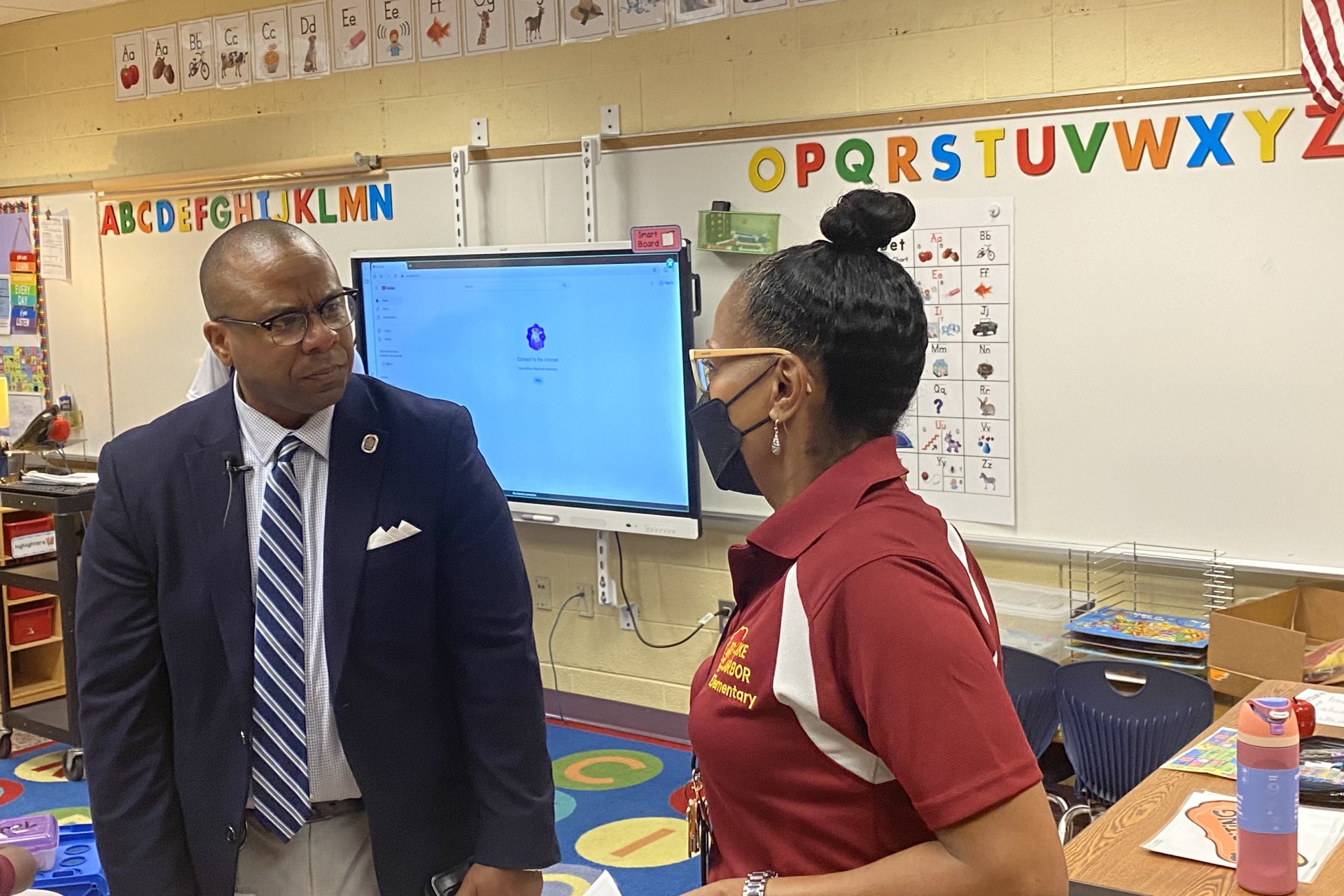
As half of Maryland’s public school systems began the first day of school Monday, a new poll showed that many educators are working second jobs outside the classroom “to make ends meet.”
The poll, conducted by GBAO, a Democratic polling and research firm on behalf of the Maryland State Education Association, surveyed nearly 2,900 union members of the union in July. The results showed that about 44% of respondents worked a second job in the last year, a one-percentage point decrease from a similar survey four years ago.
The poll found that 61% of educators 30 or younger worked second jobs. In terms of race, it noted 52% of Latino respondents and 50% of Black respondents obtained additional employment.
Nearly all educators polled — about 90% — purchased school supplies such as books and science materials with their own money, a two-percentage point increase from four years ago. The poll has a margin of error of 1.8 percentage points.
“We hear from our members all the time they need more money. This polling data fits into why it’s so hard to recruit and retain people to our profession,” said Cheryl Bost, president of the State Education Association, which has 75,000 members in the state.
Bost said continued financial investments and other resources must be made in the state’s Blueprint for Maryland’s Future education reform plan.
The Blueprint Accountability and Implementation Board has in recent weeks approved state and local education reform plans, which require all 24 local school systems to implement a minimum $60,000 annual teacher salary by July 1, 2026.
Salary increases have begun for eligible teachers with National Board Certification credentials.
The General Assembly passed legislation – House Bill 1219 – this year to address the state’s teacher shortage.
The legislation advocated by Gov. Wes Moore (D) requires the state Department of Education to create and maintain an educator recruitment, retention and diversity dashboard by Jan. 1, 2025, including details on demographics and prospective educators participating in internships.
The bill also created two types of stipends for college students, financial assistance for mental health professionals who work in schools for at least two years and changes in eligibility for the Teaching Fellows for Maryland scholarship to no longer require recipients to be state residents or graduates of a Maryland high school.
“Our turnover rate is very high and our import rate in the state of Maryland is very high,” Bost said. “Not only do you have to attract and recruit teachers, we [also] have to provide enough resources and salaries…so that we keep people in the profession.”
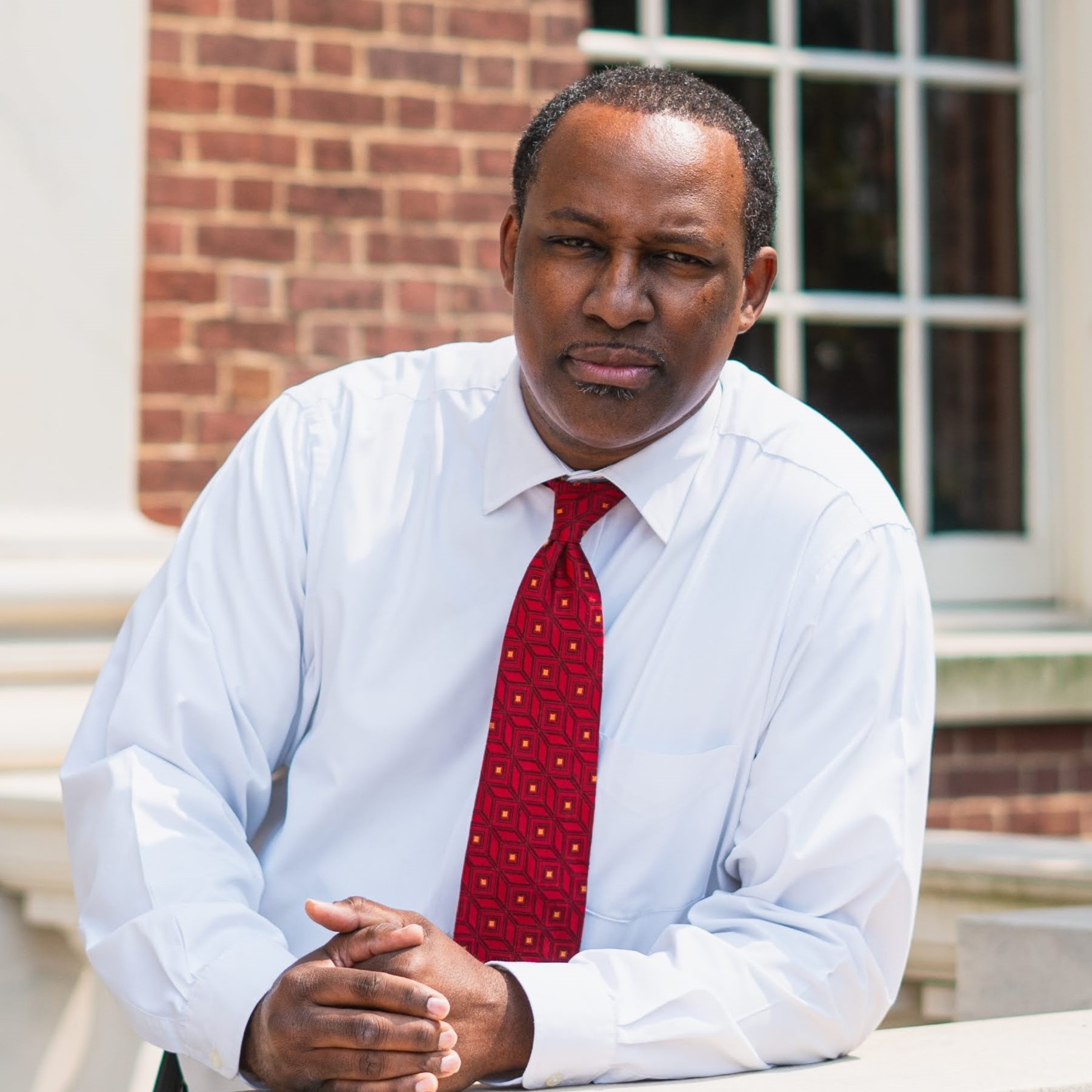
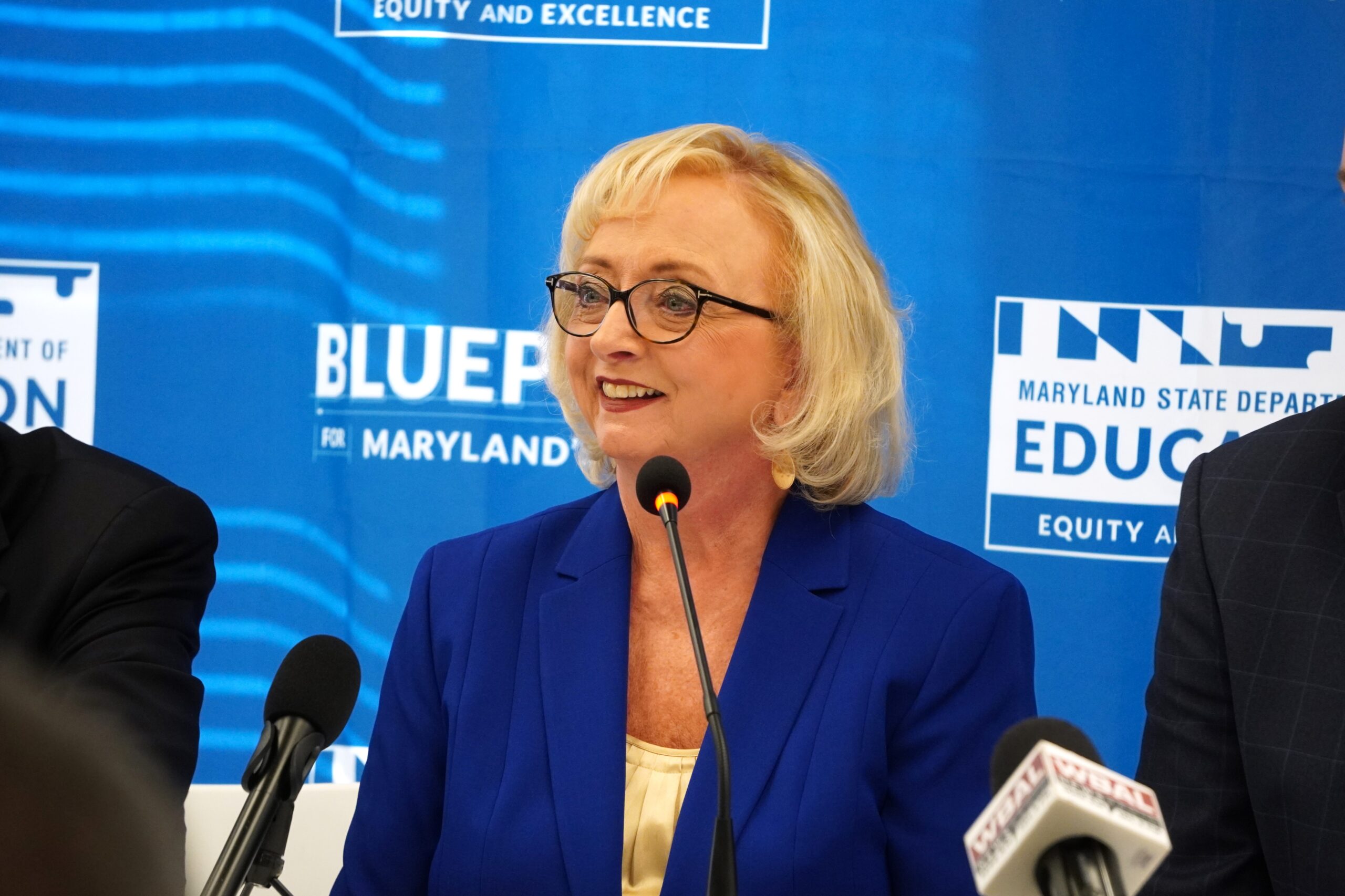
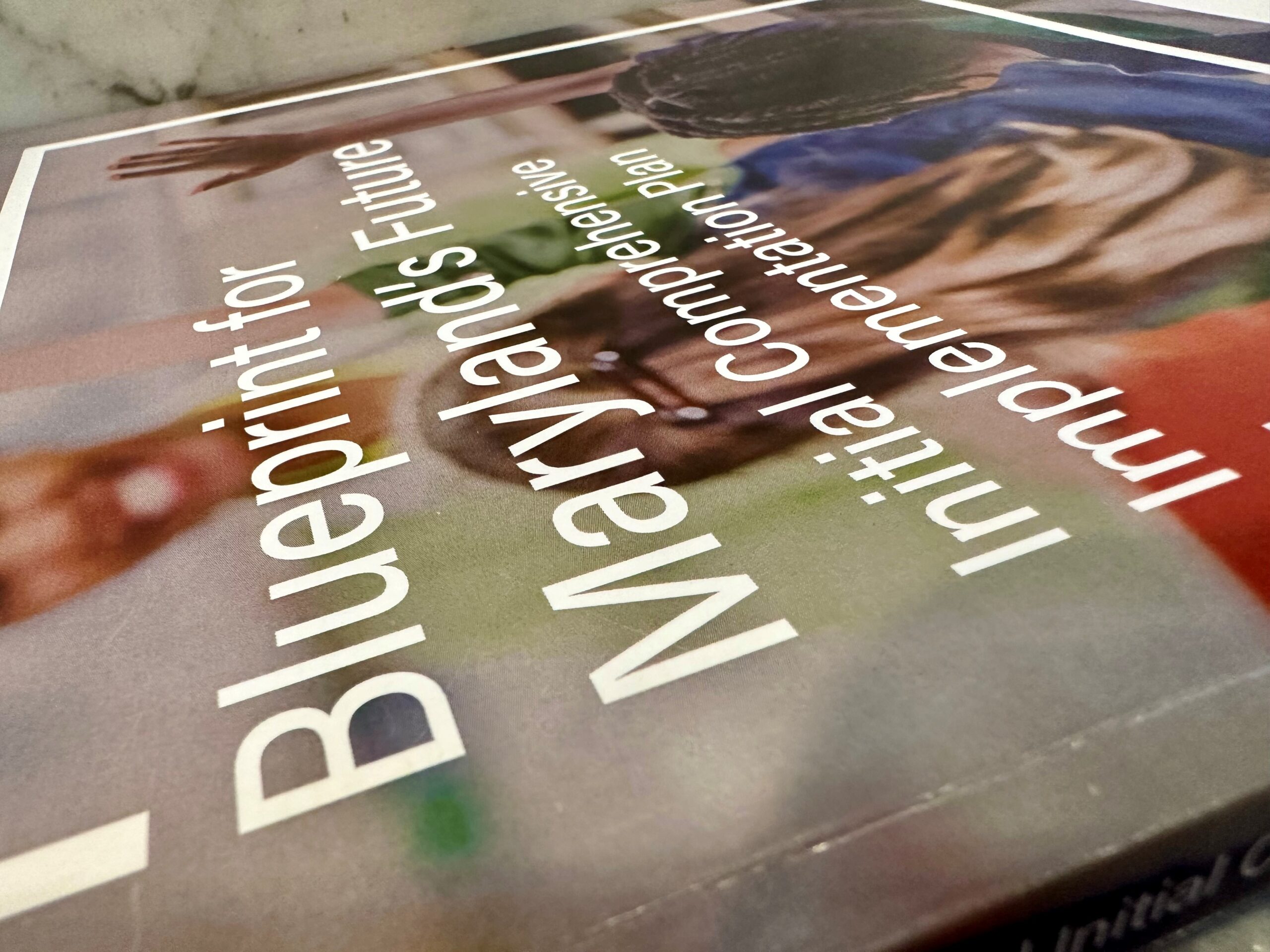
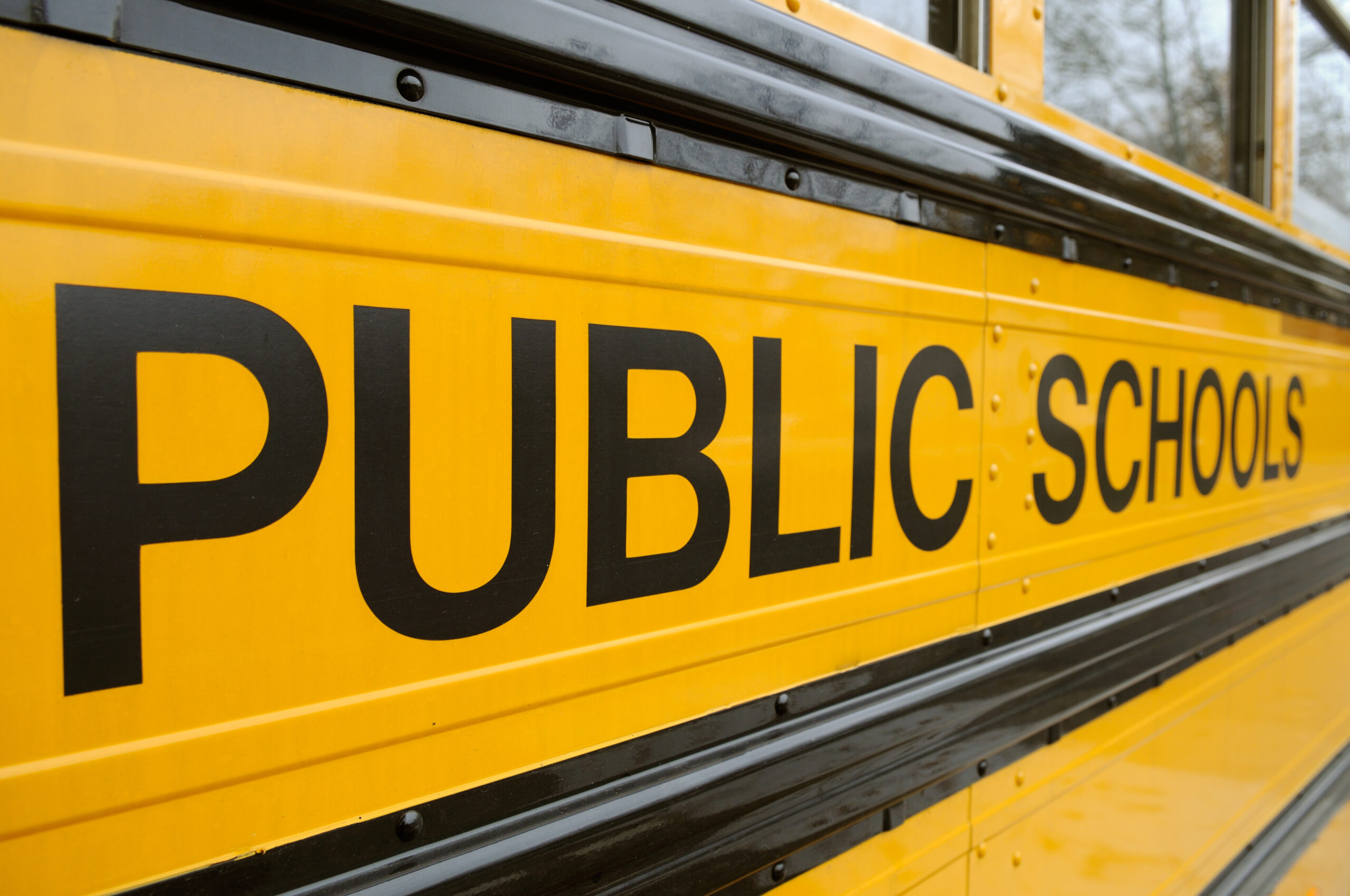
 Creative Commons Attribution
Creative Commons Attribution